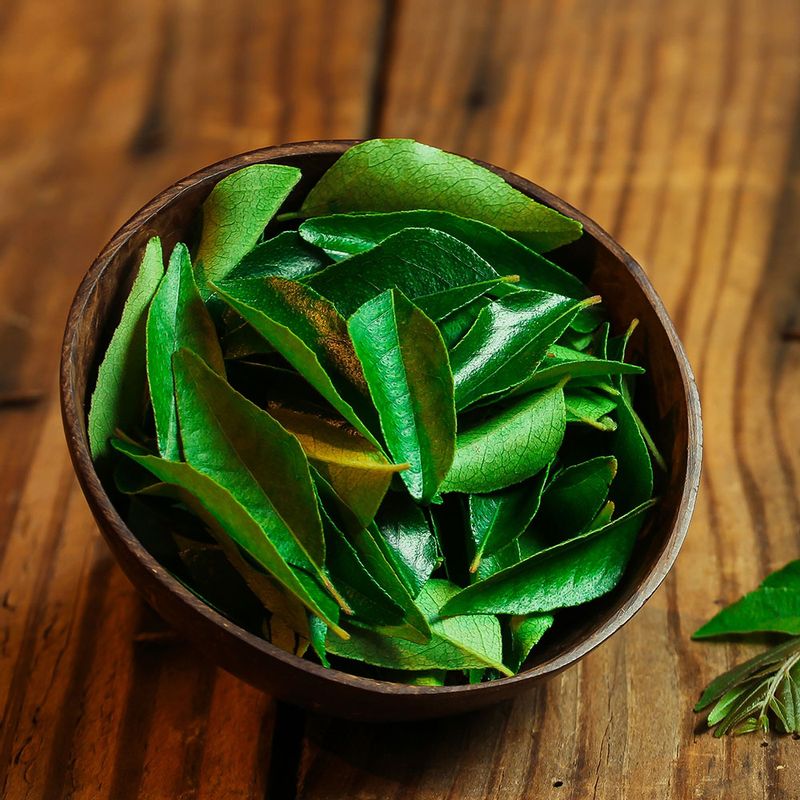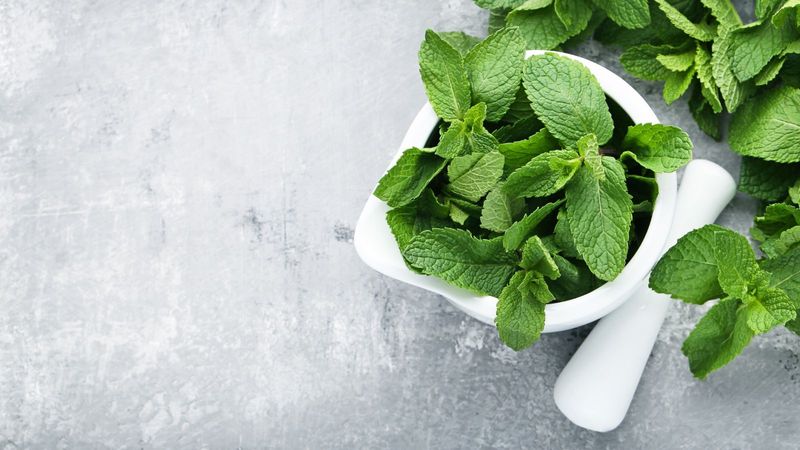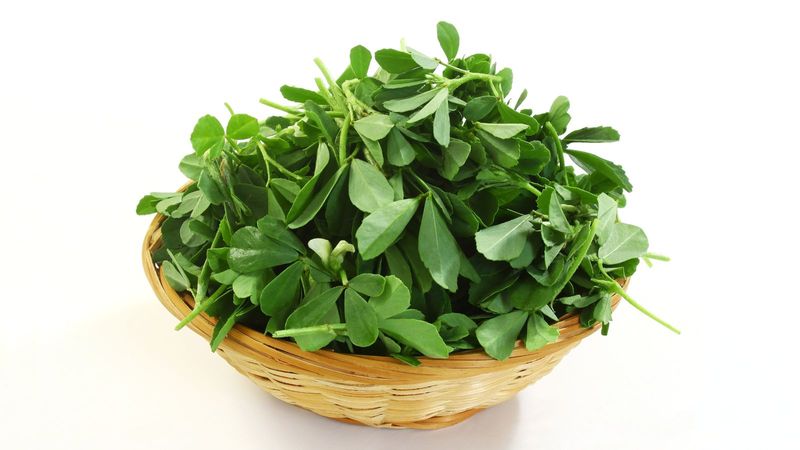So you are a vegetarian and are always being advised by your physician to get more iron? Fret not, for there are several delicious green leafy vegetables with way more iron content than meat.
Readers' alert. After you are done with this piece you will no longer be able to blame your veggie diet for lack of iron. Whether you’ve switched to the veggie way of life thanks to your cholesterol levels or a vegan of long-standing, listen up: most green leafy vegetables have way more iron content than meat.
Thumb rule: your plate should be diverse, with different kinds of vegetable that have iron. It is also important to understand the health benefits of green leafy vegetables.
The Famous Five
As per experts at the National Institute of Nutrition, Hyderabad, meat contains about 1.48 mg of iron per 100 g. But the humble bhaji or saag sold by the friendly neighbourhood sabjiwala has always been superior on this count.
Even green leafy vegetables used in seasoning and garnishing are powerhouses of iron. For instance, the curry leaf contains 8.67 mg of iron per 100 gm; mint leaves about 8.56; fenugreek (5.69 mg), and coriander (5.3 mg). Other types of green leafy vegetables, grown locally, like Amaranth or chaulai or rajgira in local lingo (4.6 mg) are also rich in iron.
1. Curry Leaf or Kadipatta

Apart from being zero fat, curry leaves are full of iron, magnesium, calcium, copper and minerals not to mention vitamins A, B, C and E.
Ayurveda highly recommends curry leaves for their anti-inflammatory, anti-diabetic and anti-carcinogenic properties. As per research conducted by the Department of Biochemistry and Molecular Biology at the University of Madras, Chennai, one of the finest health benefits of curry leaves is its use in diabetes control.
Sure, one does not use more than 8 to 10 curry leaves per dish but one way to maximize it in your diet is to use them in a variety of dishes including dal, sambar, poha, upma and sabzi across various meals, and chew it up instead of pulling it out. You can use a few types of green leafy vegetables like these to make chutneys and dips too.
2. Mint or Pudina

Similarly, pudina has a lot of health benefits for boosting your digestion and immunity apart from being a wonderful mouth freshener and anti-oxidant.
From making yourself some detox water that contains cucumber, orange and pudina to drinking mint tea to adding it to salads, soups and lassis, you can increase its presence in your diet in different ways.
This is also a great way to add more flavour to your food without the extra sodium.
3. Coriander or Dhania

This is another highly underestimated constituent of our fridge but is packed with more goodness than most people would believe. Get this: it has six types of amino acids, eleven essential oils, minerals and vitamins.
From lowering cholesterol to helping cure diarrhoea and regulating blood pressure, it also improves bone health and most significantly, protects you from salmonella, one of the most dangerous causes of stomach infection in the world.
From garnishing dishes to using it in your curries and soups, one could also start one's day with a glass of coriander juice.
4. Fenugreek or Methi

From managing diabetes to preventing weight gain, reducing heartburn and improving skin and hair, it is also great for the kidneys. Apart from iron, methi contains magnesium, phosphorus, potassium and zinc and fibre.
This wonderful winter veggie can be incorporated into your diet via parathas and different preparations like methi aloo or methi mutter or methi koftas. Add methi to besan chillas, or begin your day with a spoonful of methi seeds soaked overnight in water.
5. Amaranth or Rajgira

Rajgira leaves are high in calcium and full of minerals and vitamins. As per Ayurveda, amaranth is great for managing weight, excess menstruation and diarrhoea. It reduces anaemia, keeps cholesterol in check and is heart-healthy.
Amaranth flour is gluten-free. You could add the leafy veggies to your soup, dal or rotis. It is also tossed with onions, ginger and coconut, or used in a raita, with yoghurt and cumin powder.
Why are they a better deal than meat?
Apart from the fact that these greens are packed with iron and other nutrients, they are low on calories and ideal for pairing with pulses and cereals, further amping up their goodness. Seasonal and fresh, there are hundreds of delicious ways to cook these leafy veggies and greens.
How to Absorb More Iron from your vegetarian diet
Iron needs to be combined with vitamin C to be absorbed easily by the body. Sure enough, concede the experts: absorption of iron from non-vegetarian foods is relatively higher. But in an average Indian diet, cereals and pulses also add to the iron content.
Simple culinary tricks like adding lime juice and other vitamin C-rich fruits like amla or Indian gooseberry, guava and oranges to the diet can greatly help enhance the absorption of iron from these foods. As per the NIN’s dietary guidelines, a plant-based diet provides about 18 mg of iron as against 35 mg provided by a meat-based diet.
Greens like coriander are naturally full of vitamin C which helps in the absorption of iron. Cooking greens with tomatoes or potatoes that are naturally rich in vitamin C can enhance iron absorption. Use fresh leafy veggies and greens within 2 to 3 days to get the maximum benefits of leafy vegetables and greens. People often talk about how it is advisable to avoid leafy veggies in monsoon, but before you do so, read what the experts have to say here.
Disclaimer: Before incorporating any aforementioned food suggestions into your diet, consult with your family physician or a diet specialist. Individual reactions to different foods can vary significantly, and what may be beneficial for one person could potentially cause adverse effects in another. The information provided above is a compilation of general benefits associated with the consumption of particular food and may not apply universally to every body type. Always prioritise personalised medical advice to ensure your specific health needs and dietary restrictions.



